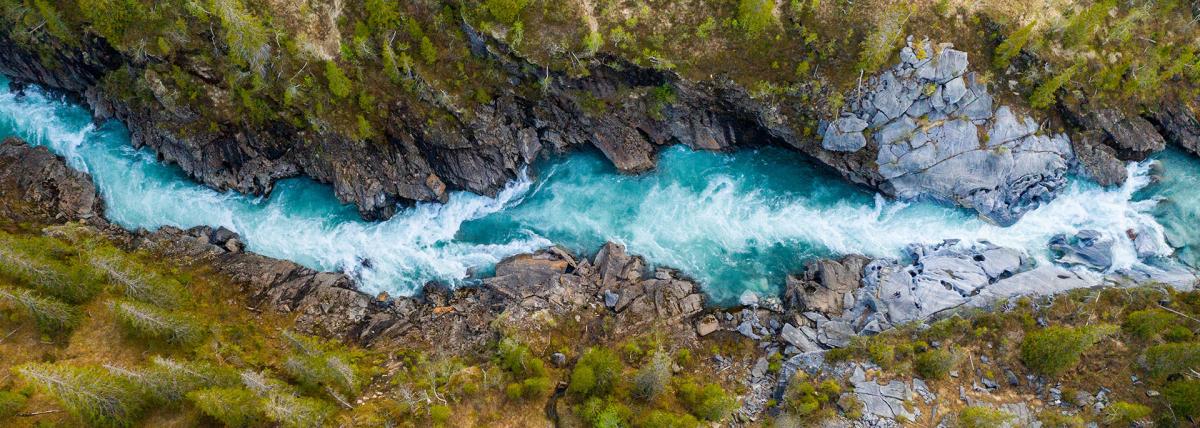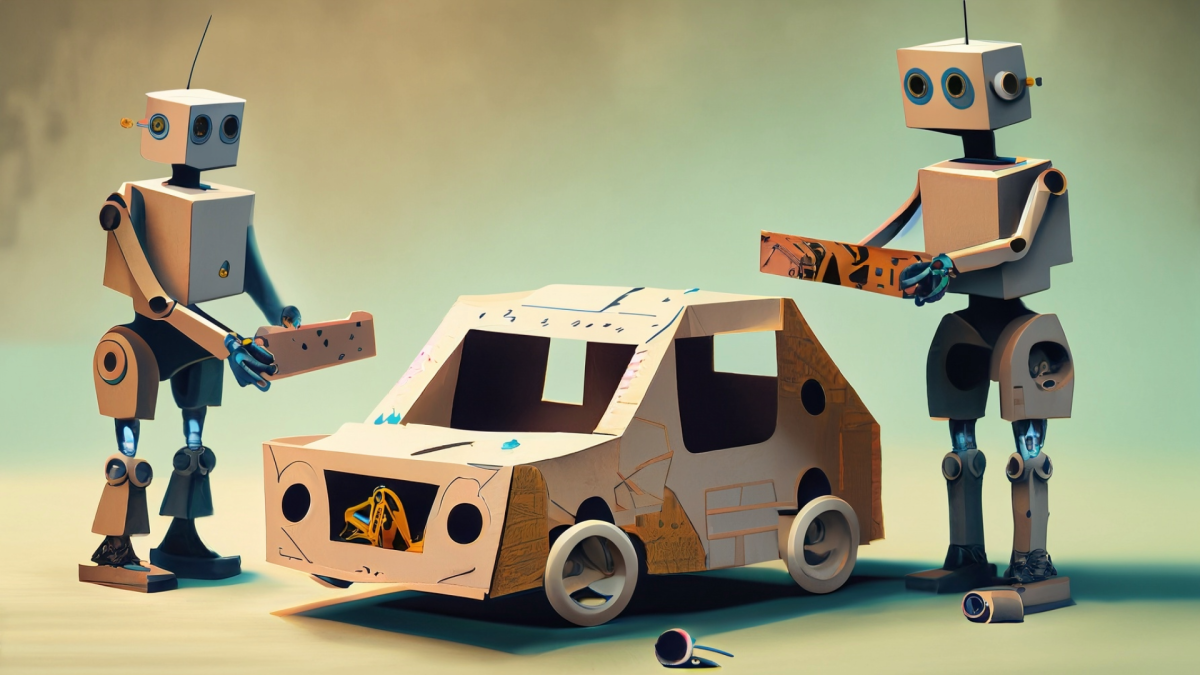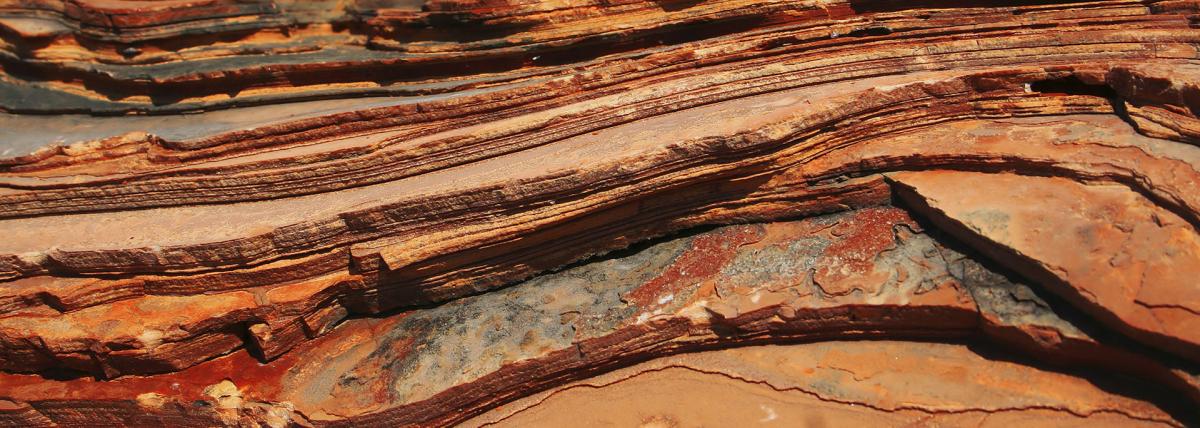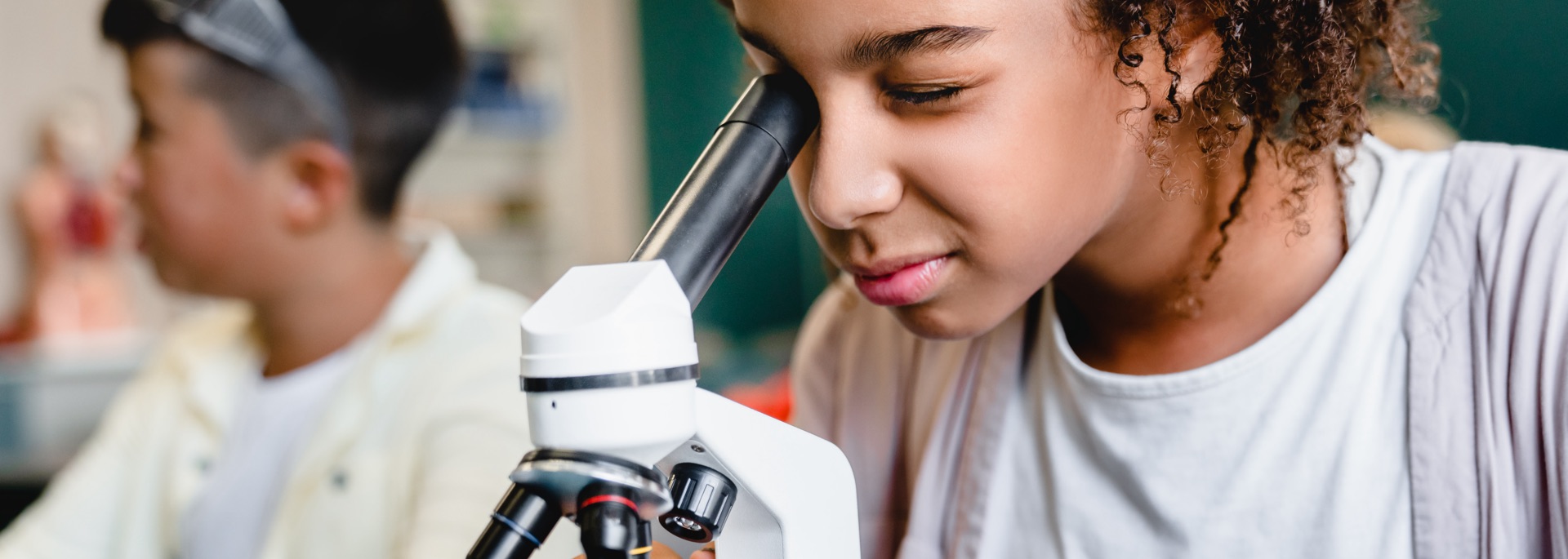This design challenge is broken up into four parts, this is part four. This lesson will focus on sharing each group’s design and discussing their iterations (Share). In order to successfully execute
You've crash-landed on an alien planet and must find a way to survive with the help of native flora and fauna. Students will document alien life-forms in a field journal and use that information to
This lesson introduces 5th grade students to forces and motion using "floating" magnets on a dowel and a Newton's cradle. Students will also be introduced to Newton's 3 laws of motion and contact vs
This design challenge is broken up into four parts, this is part three. This lesson will focus on completing the build and evaluating/revising the device that groups began building in the previous
Design a helicopter out of paper only. Students will explore design and paper types.
Students will create a geometric net to estimate how many cheerios will fit in the cube. They will use volume to create a real sized cereal box that they can fit 100 cheerios into without having lots
For this lesson, students will use the engineering design process for the tiny house design challenge, which will include a design board, floor plan, scale conversion sheet and a tiny house prototype
Students will apply their knowledge of food chains within ecosystems to the design of a mandala. This lesson will combine science, visual art and geometry. First, students will get a review of food
Students will apply physics and engineering principles to design and construct a functional mini-golf course using homemade materials.
Student Objectives: Your challenge is to thoroughly research real-world oil spills and what has worked to help clean them up in the past, then engineer your own prototype boom to clean up a simulated
Students will build the strongest boat they can using only aluminum foil. They will learn about engineering design, water displacement, the effects of gravity, decimal multiplication, and geometry.
Students program and present Lego Robot to be able to effectively use different data types such as time (seconds), speed, and degrees of rotation. Program and synchronize motor movements of a
Students design a 3D bubble wand in Tinkercad and print on a 3D printer.
Students explore genetics and create a model to represent how genes are passed down from a parent plant to an offspring plant. This lesson could be adapted to address 1st Grade Life Science Standard
Students explore the solar system by conducting research and display their knowledge through creative writing and poetry.
How is Res going to collect samples from Mars? Can you use Edison to design a collector that can help Res collect Mars samples? In this lesson students will use Edison to design a sample collector
Students will focus is on the historical time period of 1763- 1900 CE. The objective is to select a historically accurate person and research the person's story. Then students will plan, create
Students will use known geographical features to identify landforms on images from the Mars Orbital Reconnaissance Satellite.
Students explore the solar system and space concepts (including microgravity, eclipses, etc.) using technology. Student choice is given with a choice board.
The "Virtual Reality (VR) Exploration: Building a 3D Solar System" lesson is an exciting and immersive STEM experience designed for 8th-grade students. In this lesson, students delve into the world of
Explore temperature and weather with students. Teachers will guide students through this graphing and research activity. The unit opens with a literacy component, Global Warming with Seymour Simon
NASA needs Resilience to take pictures to send back to Earth for observation. Resilience needs a cell phone holder that can take pictures or videos from multiple views. Can you use Edison to design a
Students spend time learning about Newton's 3 Laws of Motion, but can they correctly identify which one is being used when they see it? This lesson focuses on identifying each Law of Motion as a
This lesson plan will give you an idea on how to deliver the Area of Rectangles topic to your classes which will make your students enjoy and interact during the discussion. This will require some
Featured Lesson Plans
Check out these notable lesson plans.

This interactive 4th-grade lesson plan focuses on erosion and weathering, key concepts in understanding Earth's geology. In "Dynamic Earth," students use an interactive simulation to explore how

Sailing Down the Road: Part 2
This is part 2 of a two part lesson called Sailing Down the Road. In this lesson students will design a sail that can successfully catch the wind and cause their cardboard car (from part 1) to drive

Explore Coal Mine Canyon's wonders! Watch a documentary, read about geology, draw the canyon, and use tech to learn about geological layers. Fun, interactive learning awaits!
